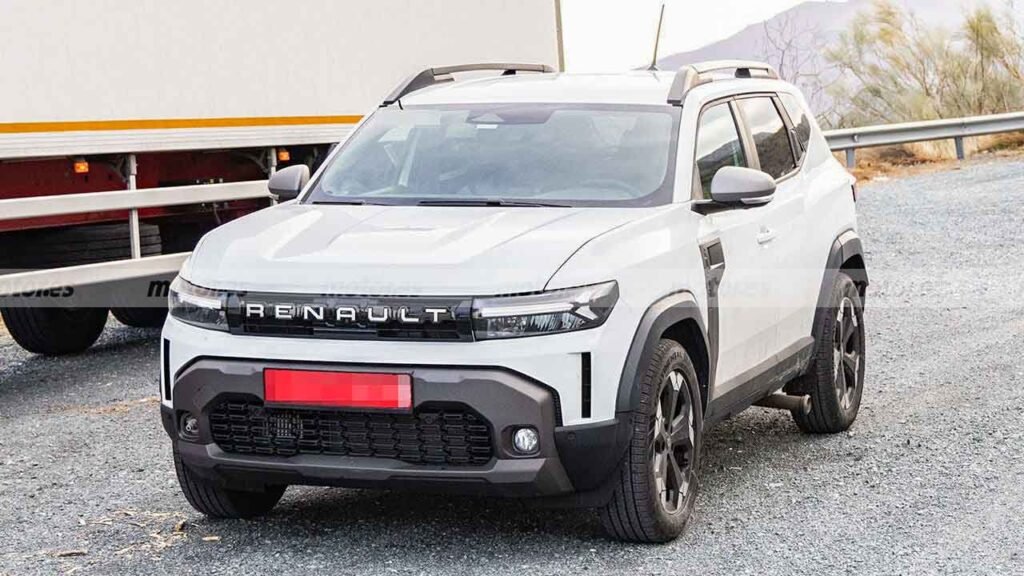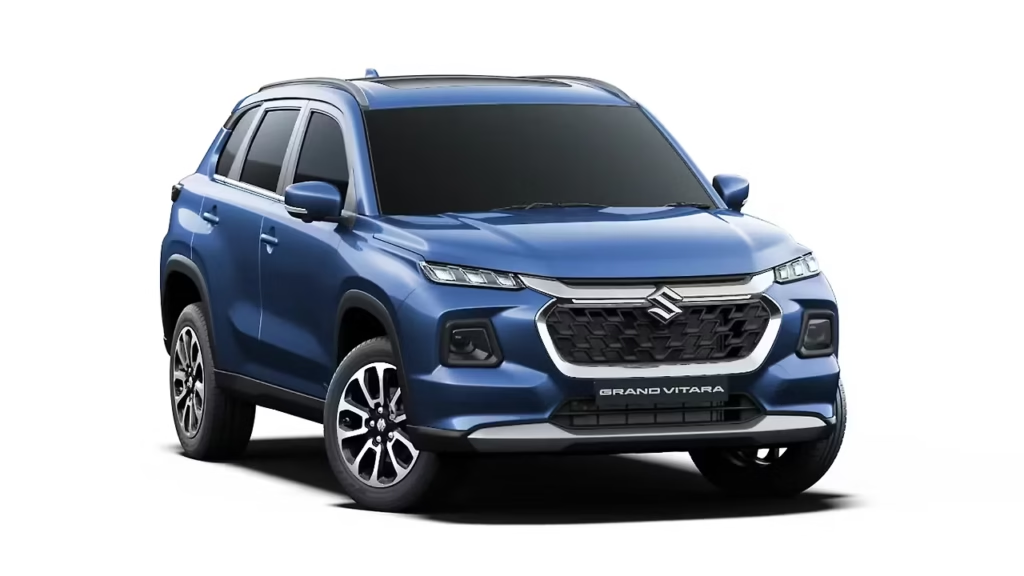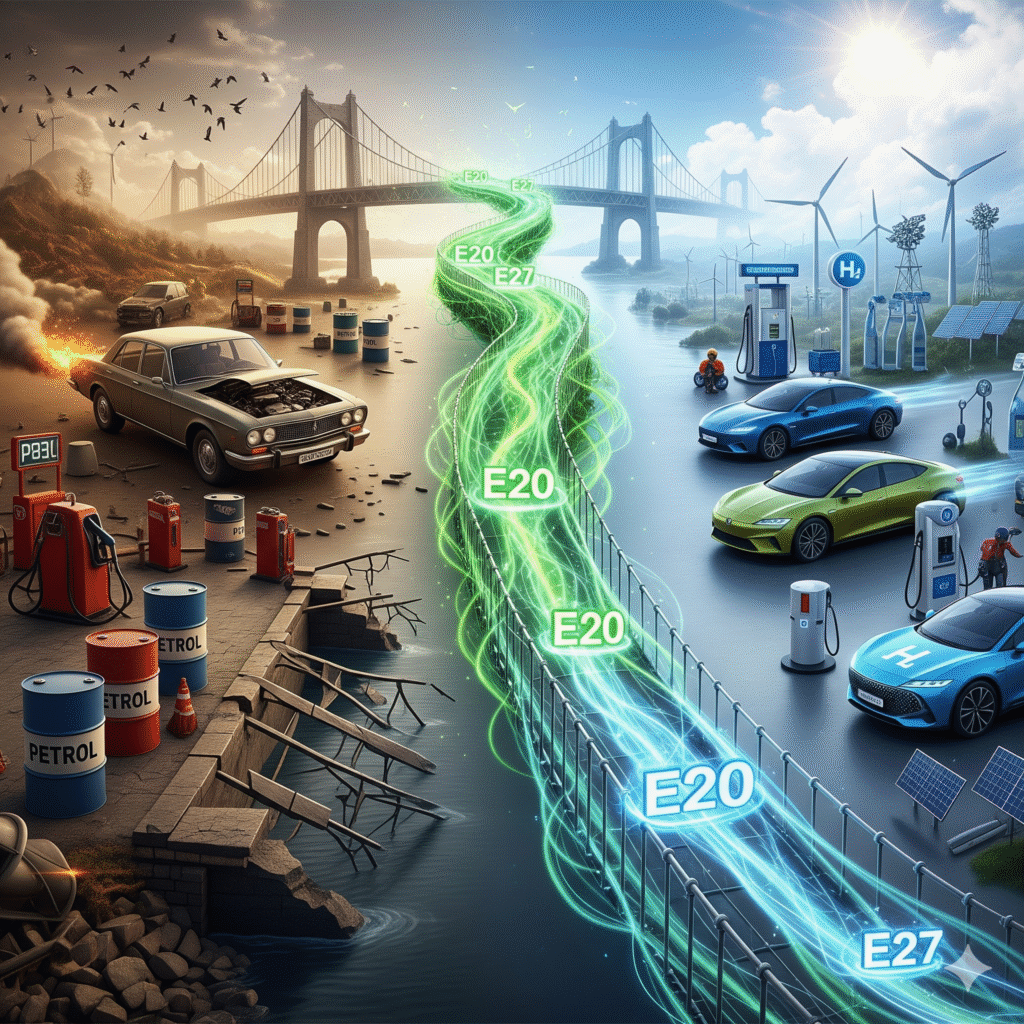Renault has given its SUV portfolio a major boost with the introduction of new 4×4 hybrid bi-fuel variants of the Duster and Bigster, offering customers a unique combination of power, efficiency, and extended driving range. These new models, unveiled for European markets, are designed to run on both LPG and petrol, giving them an impressive combined range of up to 1,500 km on a full tank.
Expanding the SUV Lineup
The Renault Duster and Bigster have long been popular for their rugged appeal and affordability in the SUV segment. With these new variants, Renault is targeting drivers who demand versatility—not just in terms of off-road capability, but also fuel flexibility and long-distance practicality.
Both SUVs now come with 4×4 capability, paired with Renault’s latest hybrid technology and a bi-fuel (LPG + petrol) system. This means customers can seamlessly switch between petrol and LPG depending on availability, driving conditions, or cost considerations.
Powertrain and Range
The new variants are powered by a 1.6-litre hybrid unit tuned for efficiency, along with an LPG-compatible system integrated directly from the factory. The dual-tank setup enables a combined range of up to 1,500 km, significantly reducing range anxiety for long journeys.
- Petrol Tank: Standard range for everyday use
- LPG Tank: Additional capacity, offering lower running costs and fewer emissions
- Hybrid Support: Electric assistance for start-stop traffic and urban conditions
This makes the Duster and Bigster bi-fuel hybrids some of the most versatile SUVs in their class, combining low running costs with genuine long-distance touring ability.
Eco-Friendly and Cost-Effective
LPG (liquefied petroleum gas) is known for being cleaner than petrol, producing fewer CO₂ emissions. It is also cheaper in most European markets, making it an attractive option for cost-conscious buyers. By offering factory-fitted LPG capability, Renault is catering to both environmental concerns and economic practicality.
4×4 Capability Intact
Despite the focus on efficiency, Renault has not compromised on the SUVs’ adventurous character. The Duster and Bigster continue to offer 4×4 driving modes, allowing owners to tackle rough terrains, snow, and off-road trails with confidence. This makes the bi-fuel variants especially appealing to buyers who live in rural areas or frequently travel beyond city limits.
Positioned for Growing Demand
With fuel prices fluctuating globally and increasing emphasis on sustainable mobility, Renault’s decision to offer hybrid bi-fuel SUVs is both timely and strategic. The Duster and Bigster are positioned to appeal to a wide audience—urban families, adventure seekers, and eco-conscious drivers alike.
Looking Ahead
The new variants are expected to roll out in select European markets first, with availability in other regions to follow based on demand. For markets like India, where the Duster is set to make a comeback and the Bigster is under consideration, a similar bi-fuel hybrid option could spark significant interest, particularly among customers who prioritize long-distance usability and lower running costs.
With a range of 1,500 km, true 4×4 ability, and hybrid efficiency, the Duster and Bigster bi-fuel variants represent a bold step forward in Renault’s SUV strategy, blending practicality with sustainability.
Expanding the Lineup with Multiple Powertrains
Dacia has also confirmed that by 2026, all versions of the Duster will receive updates as part of a broader product refresh. Alongside the Hybrid-G 150 4×4, the brand will introduce several new variants powered by the latest 1.2-litre turbocharged three-cylinder engine. This modern unit replaces the outgoing 1.0-litre engine, allowing for higher efficiency, more power, and lower emissions across the range.
The updated portfolio will include:
- Hybrid-G 150 4×4 (Bi-Fuel, LPG + Petrol) – Flagship variant with 1,500 km range and off-road capability.
- Eco-G 120 – LPG + Petrol version with improved performance over the outgoing Eco-G 100.
- Mild-Hybrid 140 – New-generation 48V hybrid for efficiency in urban conditions.
- Hybrid 155 – Full-hybrid option with improved responsiveness and cleaner emissions.
As a result of this transition, existing variants such as the Eco-G 100, Mild-Hybrid 130, and Hybrid 140 will be phased out in the coming years.
A Stronger Duster for a New Era
The Duster has been one of Dacia’s most successful models globally, thanks to its balance of affordability, durability, and practicality. The introduction of bi-fuel and hybrid technology ensures the SUV remains relevant in a rapidly changing automotive landscape, where customers demand longer range, lower emissions, and greater flexibility.
The Hybrid-G 150 stands out for its factory-fitted dual-fuel system (LPG + Petrol) paired with a hybrid drivetrain. Customers can switch between petrol and LPG depending on availability and cost, while benefiting from electric assistance in stop-start traffic. This unique setup offers the best of all worlds—low running costs, eco-friendliness, and long-distance touring ability.
Bigster Joins the Strategy
The Bigster, Dacia’s larger SUV positioned above the Duster, will also receive bi-fuel and hybrid powertrains, including 4×4 capability. With its size and practicality, the Bigster aims to appeal to families and long-distance travelers looking for a rugged yet efficient alternative to conventional large SUVs.
Eco-Friendly and Practical Benefits
LPG (Liquefied Petroleum Gas) continues to be an attractive alternative fuel in Europe, producing fewer CO₂ emissions than petrol and often priced significantly lower at the pump. Dacia’s move to integrate LPG into its hybrid portfolio offers drivers lower running costs and extended range without the anxiety of relying solely on electric charging infrastructure.
With the Hybrid-G 150, drivers can travel up to 1,500 km without refueling—a figure unmatched in the segment. Combined with Duster’s proven 4×4 system, this makes the SUV ideal for both urban commuters and adventure seekers.
Competitive Positioning
Dacia’s strategy directly addresses the rising competition in the hybrid SUV space, where models such as the Toyota Hyryder, Suzuki Grand Vitara, Hyundai Tucson Hybrid, and Kia Sportage Hybrid dominate. By offering bi-fuel capability, lower costs, and longer range, the Duster and Bigster carve out a unique niche, appealing to both budget-conscious families and outdoor enthusiasts.
Roadmap to 2026 and Beyond
By 2026, the complete overhaul of the Duster lineup will ensure that all variants are powered by the new 1.2-litre turbo engine family, bringing consistency, efficiency, and modern performance. This update not only future-proofs the Duster but also streamlines Dacia’s powertrain offerings by retiring older, less efficient engines.
The discontinuation of Eco-G 100, Mild-Hybrid 130, and Hybrid 140 variants reflects this shift, as Dacia consolidates its lineup around higher-performing and cleaner technologies.
Conclusion: Range Meets Ruggedness
The combination of hybrid technology, LPG versatility, and 4×4 capability makes the new Duster and Bigster variants some of the most practical SUVs in the market. With a 1,500 km driving range, they set new benchmarks for efficiency and usability while keeping Dacia’s promise of affordability intact.
As the brand prepares for a complete portfolio refresh by 2026, it is clear that Dacia’s SUVs are not just evolving—they are redefining what customers can expect from affordable hybrids in Europe and beyond.



